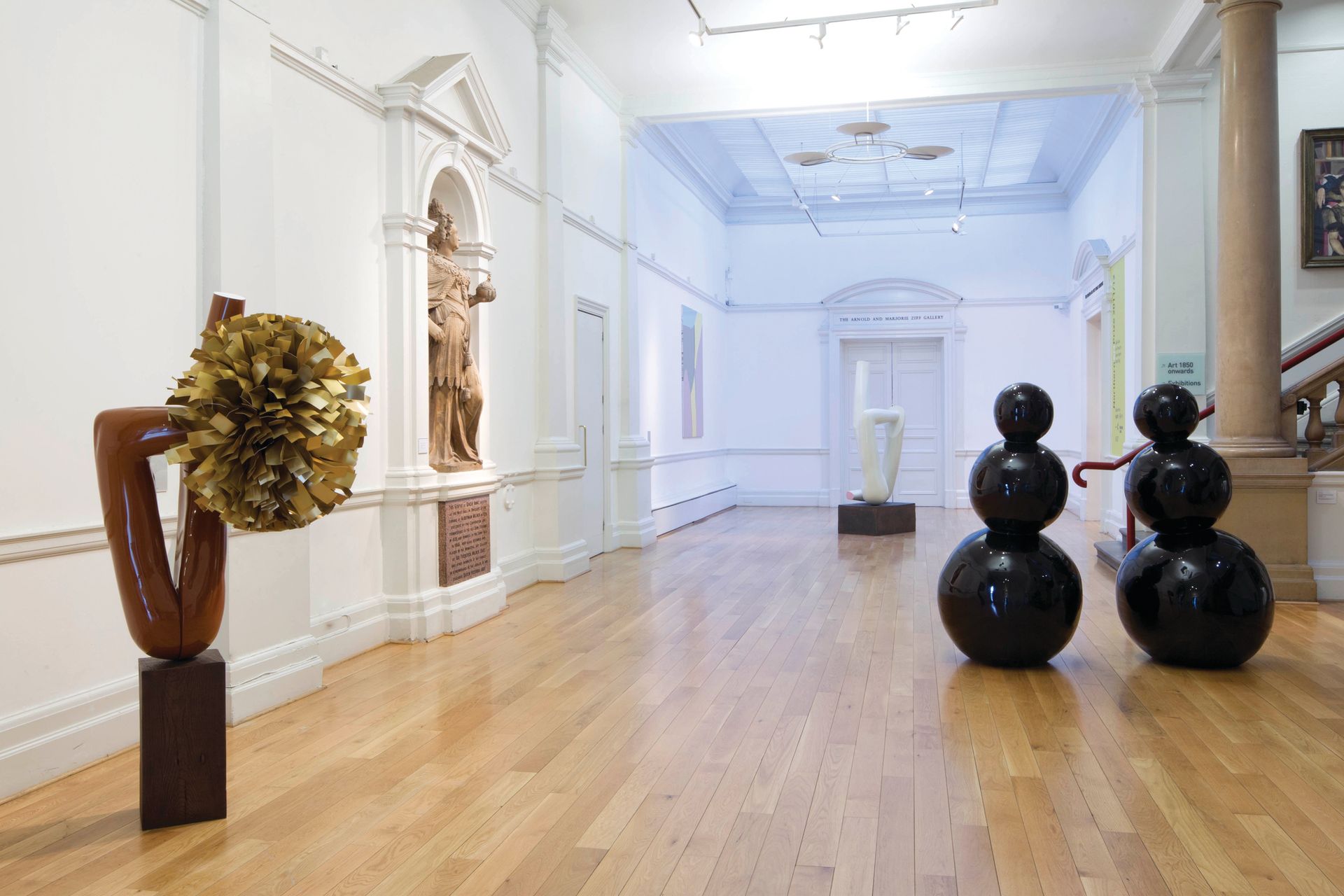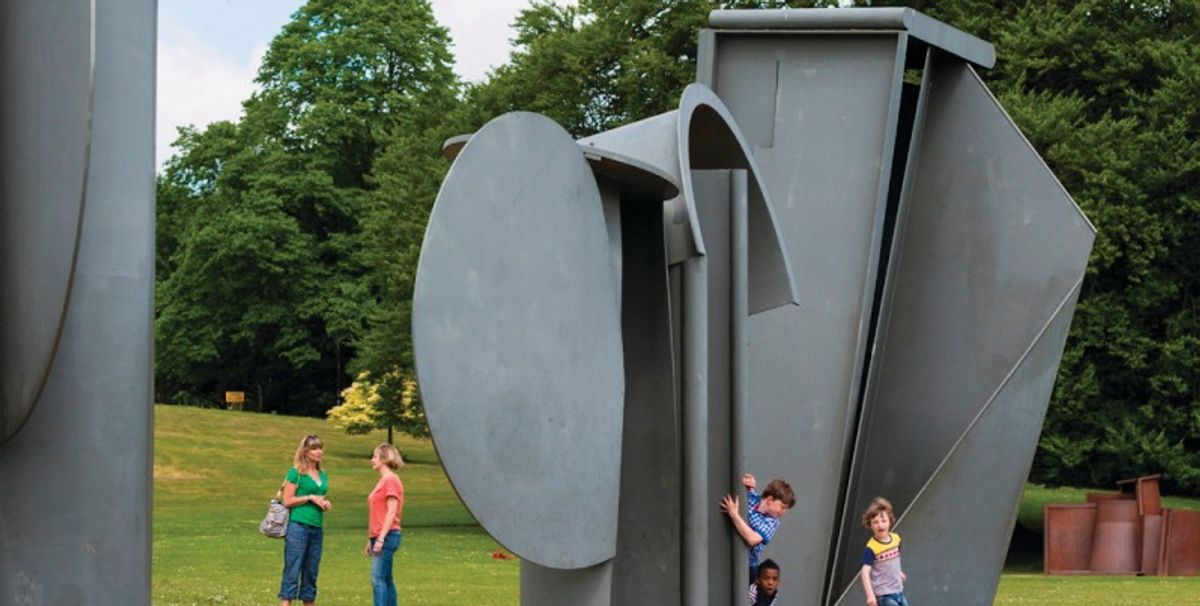A century after a young Yorkshireman named Henry Moore enrolled at the Leeds College of Art in 1919, the northern English region is to have its first triennial dedicated to sculpture. The Yorkshire Sculpture International, which is expected to launch in summer 2019, is the brainchild of the four institutions that make up the Yorkshire Sculpture Triangle: the Leeds Art Gallery and the Henry Moore Institute next door, the Hepworth Wakefield and Yorkshire Sculpture Park.
The Henry Moore Foundation recently won a crucial £750,000 grant from Arts Council England’s Ambition for Excellence fund that will support the triennial’s inaugural edition. “We were hanging on until we had news from the Arts Council,” says the foundation’s director Godfrey Worsdale. “Now that positive news has come in, we need to begin to appoint people who can help us deliver the project and drive it forward.”
The idea for a major international exhibition is “rooted in [Yorkshire’s] unique past”, Worsdale says. The region is not only the birthplace of two titans of Modern British sculpture, Moore and Barbara Hepworth, but the natural and industrial environment that inspired their work. This legacy has also shaped the sculpture-centred mission of the four partner institutions. When Worsdale joined the Henry Moore Foundation in 2015, “there was just the right enthusiasm and expertise within [the] group to make an important international statement in the field of sculpture”, he says.

With works spread across the participating venues as well as new outdoor commissions, the triennial will be led by a curatorial “provocateur” who has yet to be announced. “Our hope is that very quickly a fringe will develop,” Worsdale adds. “There is a solid basis of artist-led activity in that part of the country, so it’s very important as this initiative grows that people feel able to contribute to it.”
Just as performances and digital art fill this year’s Sculpture Projects Münster (until 1 October), Worsdale says the new triennial will aim to reflect the “very broad church” that is contemporary sculpture. “It is an expanded field, it isn’t exclusively object-based any more, and I think, like all good art projects, we really need to be taking our lead from artists.”


